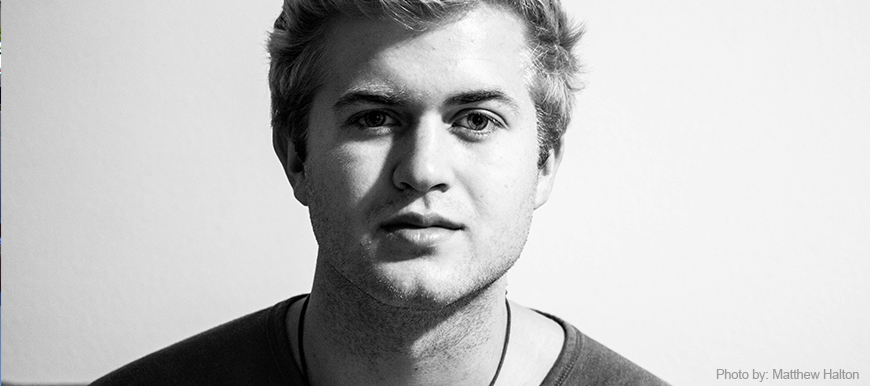Two USU students take “Lie to Me” to a whole new level
Danielle Christensen is good at reading faces, so good in fact that she is a certified in detecting micro expressions. It’s a talent which Christensen said has ruined her.
“I love to play deception games,” the psychology major said . “But I’m not allowed to anymore because I just always win. Or I’ll be forced to wear a blindfold so I can’t see people speak. I just can’t help but see those expressions now.”
Christensen and Mikelle Rosqvist are the founders and presiding officers of Utah State University’sReading Faces Club,
Rosqvist is also certified in micro expressions and the two of them are well on their way to training a new generation of students in the skills of fictional detective Cal Lightman.
Micro expressions are brief, involuntary facial expressions that last for only a fraction of a second, but expose a person’s concealed or repressed emotions, the two explained.
“We’ve joked a little about being dating consultants,” Christensen said. “Having people buy us dinner when they’re on a date while we just sit and watch for micro expressions so we can tell them how it goes.”
Christensen and Rosqvist began developing the idea for the club last fall, when they spent more than 50 hours completing a certification course for an Honors contract. The two spent weeks learning and memorizing all 47 facial muscles and their movements. Christensen and Rosqvist then practiced these expressions in front of a mirror so they knew how they looked and felt. After months of practice and study, the two took an online test that compared their proficiency to that of experts.
“If our scores matched up 80 percent with the professionals, then we got certified,” said Rosqvist, a social work major.
Both intend to use face reading as an asset in their future careers. Rosqvist, said that reading faces will facilitate communication between her and her clients.
“A lot of social workers deal with clients who don’t want to be there, who don’t want to talk about their problems,” she said. “But they need to be there to fill a judge’s mandate. So if I’m talking to them and I see one of those micro expressions, say of fear or anger, they don’t need to tell me that they’re afraid or angry, but I can guide discussion that way without them having to be vulnerable.”
The two added that the benefits of face reading are not limited to careers.
“It just helps you become more aware of the people around you,” Rosqvist said. “The people you’re talking to, the people you’re working with. A lot of people think of it as just a fun party trick, but it really can be useful in any environment. It helps with interpersonal communication, so you’re more aware of what other people are feeling.”
Heather Young, a junior majoring in psychology, joined the club for that very reason.
“What very little I do know about reading faces I always when talking to my boyfriend,” she said. “I call him out on his feelings.”
Christensen and Rosqvist offered a few tips on how to begin reading faces in daily life.
“There are a few little quirky things that someone might do when they’re lying,” Rosqvist said. “They might tell you something and then do a quick half-smile, like they think they got away with the lie. Or there’s always the one-sided shoulder shrug, where they don’t really believe what they’re saying.”
Christensen agreed that little movements can tell a lot.
“A lot of times you can find it through inconsistencies,” Christensen added. “There’s something we call leakage, which is when they’re trying to show one emotion on their face but something else slips through.”
Though Christensen and Rosqvist haven’t yet started their dating consulting business, they suggested methods of gauging a date’s romantic interest.
“If [his or her] pupils dilate, that means that they’re interested in what they’re seeing,” Rosqvist said. “They’re attracted.”
Christensen added that if they lean forward and tilt their head, it shows the date is interested in the discussion.
As a final resort, Christensen and Rosqvist suggest looking at their feet.
“Our feet kind of point to where we’re engaged,” Rosqvist said.
Or if they’re not engaged.
“So if you’re standing at a doorstep and his feet are pointed back towards the car, he’s wanting to get back there to get out of there,” Christensen said. “The feet start it, then the hips follow, then the shoulders. If you’re standing together, you can look at their feet to see if they’re completely engaged with you.”
For more practical advice on reading faces and body language, visit the club’s Facebook page at Reading Faces USU or email Danielle Christensen at danielle.christensen@aggiemail.usu.edu. The club typically meets on the first and third Tuesdays of the month at 5 p.m.

